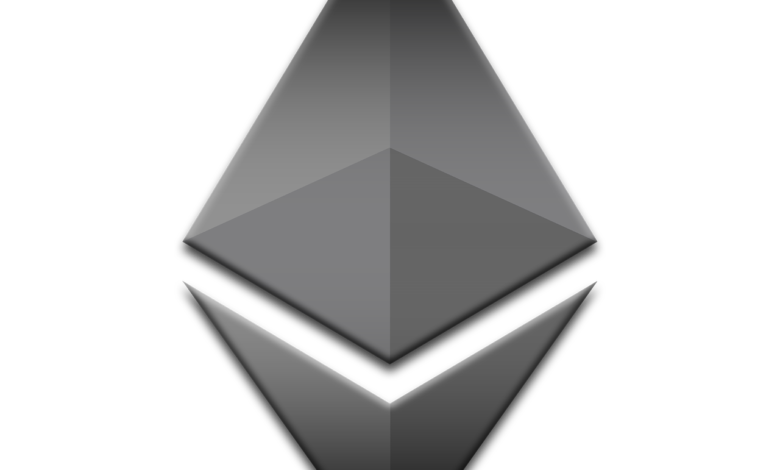Ethereum: Unleashing the Power of Smart Contracts and Decentralized Applications


Ethereum, a pivotal blockchain stage, has arisen as a groundbreaking power in the domain of decentralized innovations. Conceived out of the craving to extend the capacities of blockchain past straightforward exchanges, Ethereum presents another worldview where shrewd agreements and decentralized applications (DApps) become the dominant focal point. In this nitty gritty article, we investigate the establishments, highlights, and effect of Ethereum on the always developing scene of advanced advancement.
Beginnings and Establishing
ETH was conceptualized in 2013 by a youthful developer named Vitalik Buterin. The stage authoritatively went live on July 30, 2015, with the arrival of its most memorable variant, known as “Boondocks.” Dissimilar to Bitcoin, ETH was not made exclusively as a computerized money; rather, it intended to give a flexible stage to decentralized applications.
The Ethereum Blockchain
Brilliant Agreements: The Core of ETH
At the center of ETH usefulness lies the idea of brilliant agreements. These self-executing contracts with the conditions of the arrangement straightforwardly composed into code empower trustless and computerized exchanges. Savvy contracts have applications across different businesses, from money and land to store network the board.
Ethereum Virtual Machine (EVM)
The ETH network depends on the ETH Virtual Machine (EVM), a decentralized runtime climate that executes savvy contracts. It guarantees consistency in code execution across the organization, permitting engineers to fabricate applications without agonizing over the fundamental framework.
Ethereum’s Local Cryptographic money: Ether (ETH)
Ether fills in as the local cryptographic money of the ETH stage. While it very well may be utilized as a vehicle of trade, its main role is to work with exchanges and computational administrations on the organization. Ether is likewise a fundamental component in beginning coin contributions (ICOs) and decentralized finance (DeFi) applications.
Decentralized Applications (DApps)
ETH framework upholds the improvement of decentralized applications, introducing another time of client controlled advanced encounters. These DApps work on the standards of straightforwardness, security, and permanence, utilizing the decentralized idea of blockchain innovation.
Difficulties and Updates
Scaling Arrangements
ETH has confronted difficulties connected with versatility, with constraints on exchange throughput and high gas charges during times of organization clog. To resolve these issues, Ethereum is going through a progression of overhauls, with ETH 2.0 being a significant drive to change from a proof-of-work (PoW) to a proof-of-stake (PoS) agreement system.
Security Concerns
The decentralized idea of ETH makes it impervious to numerous customary digital dangers. Nonetheless, savvy contract weaknesses and coding mistakes have prompted security occurrences, underlining the significance of thorough code reviewing and progressing upgrades in security rehearses.
Ethereum in real life
DeFi Upset
ETH plays had a urgent impact in the ascent of decentralized finance (DeFi). From loaning and acquiring stages to decentralized trades and yield cultivating, DeFi applications influence ETH shrewd agreement capacities to offer monetary types of assistance without customary middle people.
Non-Fungible Tokens (NFTs)
ETH is likewise the foundation of the NFT (non-fungible token) space. NFTs, extraordinary advanced resources addressing responsibility for or actual things, have acquired far and wide notoriety in regions like computerized workmanship, collectibles, and gaming.
The Eventual fate of Ethereum
ETH 2.0 and Then some
The ETH people group is enthusiastically expecting the full execution of ETH 2.0, a progression of redesigns intended to improve versatility, security, and manageability. This change denotes a critical stage in ETH development, tending to current restrictions and making ready for future developments.
Proceeded with Development
ETH open and cooperative biological system cultivates nonstop development. Engineers, business visionaries, and devotees are investigating novel use cases, from decentralized personality and inventory network the board to administration frameworks and then some.
End
As ETH keeps on advancing, it stays at the cutting edge of blockchain innovation, driving the advancement of decentralized applications and brilliant agreement arrangements. With continuous redesigns and an energetic local area, ETH is ready to shape the fate of the decentralized computerized scene, offering additional opportunities and reshaping the manner in which we cooperate with the advanced world.
ETH Live Chart
FAQ’s
1. What is ETH ?
ETH is a decentralized blockchain platform that enables the creation and execution of smart contracts and decentralized applications (DApps), going beyond the scope of traditional cryptocurrencies like Bitcoin.
2. Who is the founder of ETH ?
ETH was proposed and developed by Vitalik Buterin, a Canadian-Russian programmer who introduced the concept in late 2013.
3. How does ETH differ from Bitcoin?
While both are blockchain-based, Bitcoin primarily serves as a digital currency, whereas ETH focuses on facilitating smart contracts and decentralized applications, providing a more versatile platform.
4. What are smart contracts?
Smart contracts are self-executing contracts with coded terms, running on the ETH blockchain. They automate and enforce the terms of agreements, eliminating the need for intermediaries.
5. What is Ether (ETH)?
Ether is the native cryptocurrency of the ETH platform. It serves as both a medium of exchange and a fuel for executing transactions and computational services on the ETH network.
6. How can I acquire Ether?
Ether can be obtained through various means, including purchasing on cryptocurrency exchanges, participating in ICOs, or earning it through mining (though ETH is transitioning from proof-of-work to proof-of-stake).
7. What are decentralized applications (DApps)?
Decentralized applications are applications that operate on a blockchain, in this case, ETH . They leverage smart contracts and run on a decentralized network, providing transparency, security, and immutability.
8. What challenges does ETH face?
ETH faces challenges related to scalability and security. High gas fees during network congestion and vulnerabilities in smart contracts have prompted ongoing efforts to address these issues.
9. What is ETH 2.0?
ETH 2.0 is a major upgrade aimed at improving scalability, security, and sustainability. It involves transitioning from a proof-of-work to a proof-of-stake consensus mechanism.
10. How is ETH contributing to decentralized finance (DeFi) and NFTs?
ETH has been a key player in the rise of DeFi, enabling various financial services without traditional intermediaries. Additionally, ETH underpins the NFT (non-fungible token) space, facilitating unique digital asset ownership in areas such as digital art and gaming.


One Comment